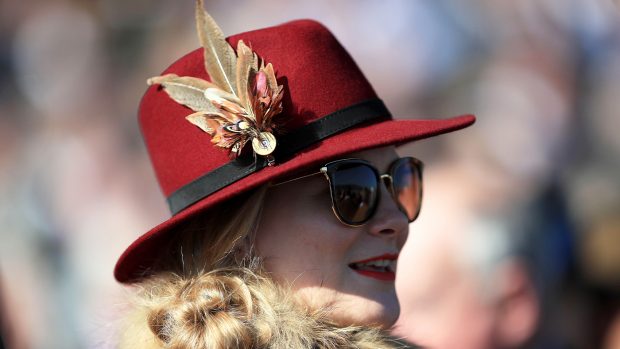A new campaign #thisfillycan is being launched today (3 June) to promote the benefits of owning and training fillies on the Flat.
The Thoroughbred Breeders’ Association (TBA) with the British Horseracing Authority (BHA) has launched the campaign following research showing colts are more popular.
“We have 1,296 more colts in training today than 10 years ago, but only 227 more fillies, albeit we are seeing a significant uplift in the quality of fillies, particularly those rated 85 and above,” said the BHA’s Ruth Quinn.
She said that despite equal numbers of fillies and colts being born each year, by the time the horses are registered in training the split between them is 40/60.
The TBA said it “is delighted” the BHA undertook a thorough analysis of the prospects for fillies and mares.
“This review proves the opportunities are there and that the quality of fillies is improving, so it is now up to us to change perceptions about fillies and mares; their racing suitability, their residual value and the opportunities that exist for them,” said TBA chairman Julian Richmond-Watson.
#thisfillycan pays homage to the popular This Girl Can campaign, which celebrates active women.
The campaign will use social media, advertising and editorial to encourage owners and trainers to try fillies on the track.
More racing opportunities
The BHA and TBA are also providing more opportunities for fillies with two new races.
The first of the new fillies’ listed races programmed by the BHA this year was at Ayr on 18 May and the second is at Bath on 12 October.
The £650,000 European Breeders’ Fund Fillies’ Series for 2016 has 20 handicap races for fillies aged three and above, all worth a minimum of £20,000.
Continued below…
15 reasons why mares are better than geldings
Mare Annie Power triumphs in the Cheltenham Champion Hurdle
Filly sells for highest price in British auction history
The race series culminates in a finals day at Newmarket on 1 October.
“As custodian of the thoroughbred, the TBA has a duty to ensure that the fillies’ and mares’ programme is as robust and testing as possible, while ensuring that as many as possible of the better quality females have opportunities to race and compete in this country where hopefully, when they retire, they will reside at stud,” said Mr Richmond-Watson.




